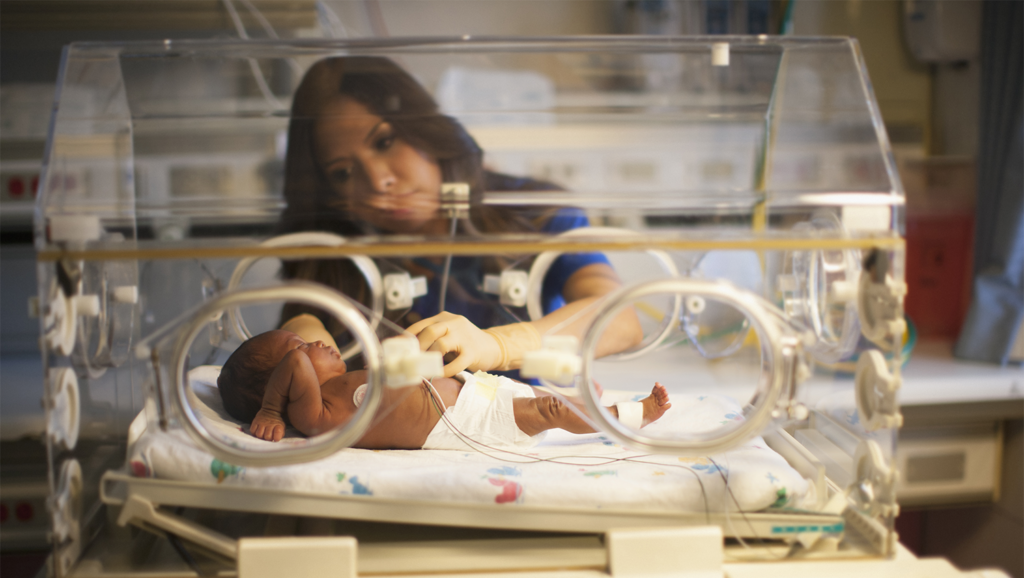
History taking in neonatology is crucial for diagnosing and managing newborn conditions effectively. It involves gathering detailed information from the parents or caregivers about the prenatal, perinatal, and postnatal periods. Here are the key points to cover during history taking of a newborn:
1. Maternal History
Prenatal History:
- Maternal Age: Age at the time of pregnancy.
- Gravida and Para: Number of pregnancies and deliveries.
- Previous Obstetric History: History of previous pregnancies, any complications, or previous neonatal outcomes (e.g., miscarriages, stillbirths, preterm deliveries).
- Maternal Health: Chronic illnesses (e.g., diabetes, hypertension), infections (TORCH, HIV, Hepatitis B/C), and any other medical conditions.
- Medications: Medications taken during pregnancy, including supplements (folic acid, iron) and any teratogenic drugs.
- Substance Use: Smoking, alcohol, or illicit drug use during pregnancy.
- Prenatal Visits: Frequency and findings of antenatal check-ups, including ultrasounds and screenings.
- Vaccinations: Maternal vaccinations, especially Tdap and influenza.
Antenatal Complications:
- Gestational Diabetes: Diagnosis and management.
- Hypertensive Disorders: Pre-eclampsia, eclampsia, chronic hypertension.
- Infections: Any infections during pregnancy and their management.
- Placental Issues: Placenta previa, abruption, insufficiency.
- Polyhydramnios/Oligohydramnios: Amniotic fluid abnormalities.
- Multiple Gestations: Twin or multiple pregnancies.
2. Labor and Delivery History
Labor:
- Onset of Labor: Spontaneous or induced.
- Duration: Length of labor stages.
- Complications: Any complications during labor, such as prolonged labor, fetal distress, or cord prolapse.
- Analgesia/Anesthesia: Medications or procedures used for pain relief (e.g., epidural, spinal anesthesia).
- Intrapartum Monitoring: Fetal heart rate patterns, any abnormalities noted.
Delivery:
- Mode of Delivery: Vaginal, cesarean section, or assisted (forceps, vacuum).
- Presentation and Position: Breech, vertex, transverse.
- Birth Trauma: Any trauma to the newborn during delivery (e.g., shoulder dystocia, fractures).
3. Immediate Postnatal History
Resuscitation:
- Apgar Scores: At 1, 5, and 10 minutes.
- Need for Resuscitation: Steps taken, including oxygen, PPV, chest compressions, medications.
Transition to Extrauterine Life:
- Initial Adaptation: Breathing, crying, color, and tone immediately after birth.
- NICU Admission: Reason for admission, initial diagnosis, and treatment received.
4. Postnatal History
Feeding:
- Feeding Method: Breastfeeding, formula feeding, or mixed feeding.
- Feeding Problems: Issues with latch, suck, swallow, or milk supply.
- Frequency and Volume: Number of feeds per day and volume consumed.
Elimination:
- Urination: Frequency and color of urine.
- Stool Patterns: Frequency, color, and consistency of stools.
Growth and Development:
- Weight: Birth weight, current weight, and weight gain pattern.
- Length and Head Circumference: Growth measurements and tracking.
Behavior:
- Sleep Patterns: Duration and quality of sleep.
- Crying: Frequency, duration, and triggers.
Current Health Issues:
- Symptoms: Any current symptoms such as jaundice, vomiting, diarrhea, respiratory distress.
- Medical Interventions: Any treatments or interventions received after birth.
5. Family and Social History
Family History:
- Genetic Conditions: Family history of genetic disorders, congenital anomalies, or metabolic diseases.
- Chronic Illnesses: Family history of chronic conditions like diabetes, hypertension, asthma.
Social History:
- Living Conditions: Housing, availability of clean water and sanitation.
- Parental Occupation and Education: Occupations and educational background of parents.
- Support Systems: Availability of family support, primary caregiver.
- Exposure to Tobacco/Smoke: Household exposure to smoking.
6. Review of Systems
Systematic Inquiry:
- Respiratory System: Signs of respiratory distress, grunting, flaring, retractions.
- Cardiovascular System: Cyanosis, murmur, poor perfusion.
- Gastrointestinal System: Feeding difficulties, vomiting, abdominal distension.
- Genitourinary System: Any abnormalities in urination or genitalia.
- Neurological System: Seizures, abnormal movements, tone abnormalities.
- Skin: Jaundice, rashes, birthmarks.
7. Immunization and Screening
Immunizations:
- Newborn Vaccines: Hepatitis B, BCG, oral polio vaccine (OPV) if applicable.
Screening Tests:
- Newborn Screening: Results of metabolic and genetic screening tests.
- Hearing Screening: Results of newborn hearing test.


